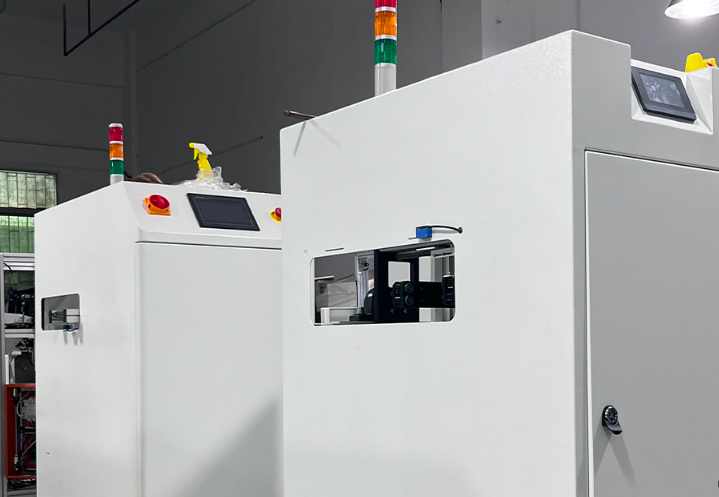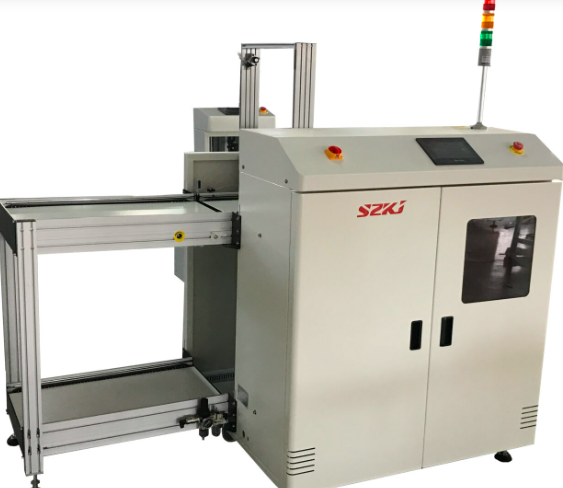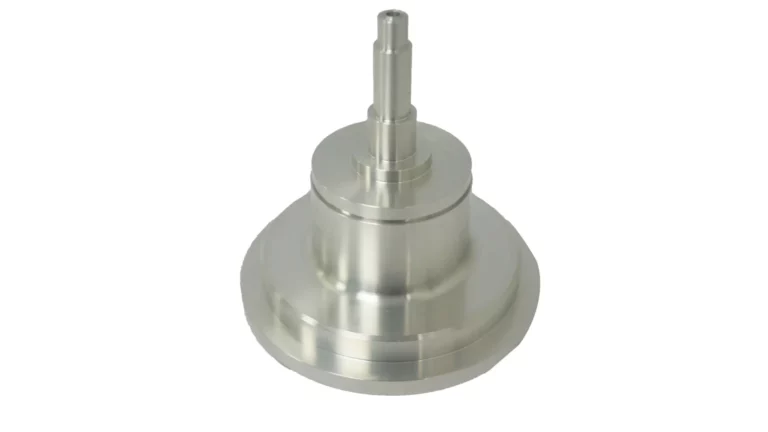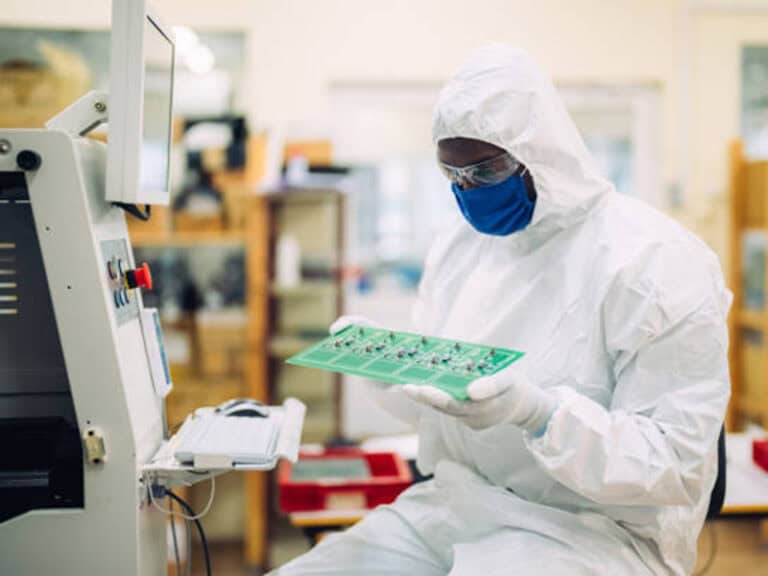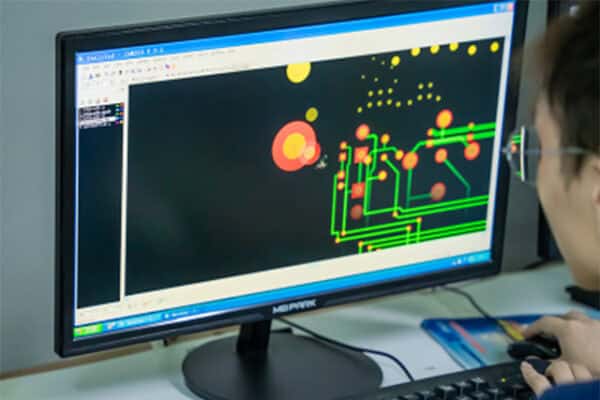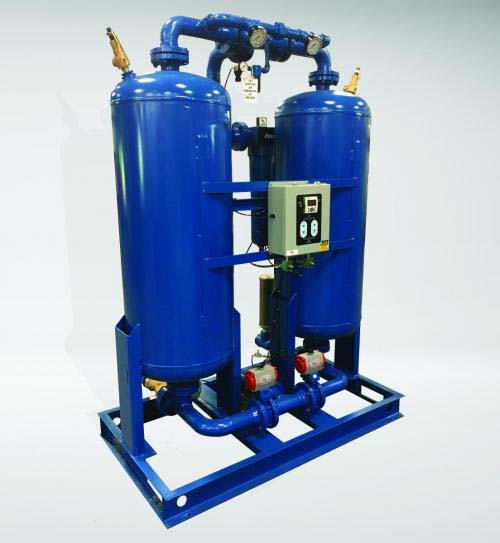目录
ToggleWhy Maintaining Your High Voltage Inverter Matters
Let’s be real. No one wants their high voltage inverter to give up in the middle of a big project. It’s the heartbeat of your setup, and keeping it in top shape means fewer headaches down the line.
Whether you’re running solar panels, managing a factory, or handling any energy-intensive operation, the high voltage inverter is a key player. Without proper maintenance, it can fail, costing time, money, and a lot of frustration. The worst part is, failures often happen at the most inconvenient times. So, let’s dig into what you can do to make sure it keeps running smoothly.
Common Maintenance Problems
Most people don’t think about maintenance until something breaks. And by then, it’s too late.
High voltage inverters have a few weak spots that can cause issues if you don’t keep an eye on them. Dust buildup, poor cooling, loose connections, and general wear and tear all contribute to breakdowns. Recognizing these problems before they snowball into something bigger is crucial for long-term performance.
Another common issue is the environment where your inverter is installed. Too much humidity or extreme temperatures can wreak havoc on your inverter’s components. Exposure to these conditions over time can lead to performance drops or outright failure. Ensuring that your inverter is in a suitable environment is a major part of its upkeep.
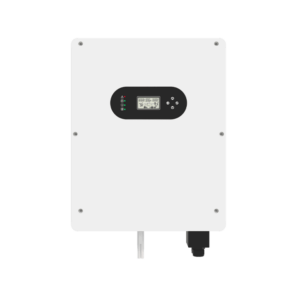
Key Maintenance Tips for High Voltage Inverters
Taking care of your high voltage inverter doesn’t need to be complicated. Here are some simple but effective ways to keep it running like new.
Regular Visual Inspection
A quick visual check goes a long way. Look over your high voltage inverter every month or so. Check for visible signs of damage like worn-out cables, discoloration, or any broken parts. These small issues, if left unchecked, can lead to bigger problems.
A visual inspection can help you catch things like rust or corrosion. Corrosion can interfere with the connections and lead to inefficiencies or malfunctions. Spotting these issues early and addressing them can prevent more significant problems down the line.
Dust and Debris Removal
Dust can be a killer. It gets into the vents and overheats the system. Make it a habit to clean your inverter regularly. Use a soft cloth or even compressed air to remove any buildup. Dust might seem harmless, but too much of it can lead to overheating, especially in a high voltage inverter.
When dust accumulates, it blocks airflow. This lack of airflow can cause components to run hotter than intended, which reduces their lifespan. Pay special attention to cooling vents and fans, as these areas are often the most affected by dust.
Cooling System Maintenance
Inverters get hot. That’s no secret. And when they overheat, they fail. Keep an eye on the cooling system, whether it’s a fan or a heat sink. Make sure it’s working properly. If the cooling system fails, your inverter’s lifespan will shorten considerably. Ensure that airflow around the inverter is not blocked, and clean the fans if dust starts to accumulate.
Also, keep an eye on the surrounding environment. If your inverter is located in a hot, enclosed area, you may need additional cooling like external fans or better ventilation. Proper cooling is vital for extending the life of a high voltage inverter.
Electrical Connections Check
Loose connections can be dangerous. They lead to inefficiencies and even cause the inverter to shut down unexpectedly. Every few months, inspect the wiring and connections. Tighten anything that looks loose. This will help maintain the efficiency of your high voltage inverter and prevent sudden breakdowns.
A loose connection can cause arcing, which generates heat and can damage both the inverter and the connected equipment. By keeping everything tight and secure, you’re reducing the chance of malfunction.
Monitoring Performance
Don’t ignore the data. Your high voltage inverter probably comes with a monitoring system. Pay attention to it. Sudden drops in efficiency, weird noises, or fluctuating output could mean trouble. Monitoring performance will give you an early warning before minor problems become major issues.
Performance monitoring can also give you insights into how effectively your inverter is working. If you notice a drop in efficiency over time, it could be a sign that something needs adjusting or that a component needs replacing. Staying on top of these metrics helps you catch problems early.
Keep It Clean and Dry
Moisture is another potential problem for high voltage inverters. It’s important to make sure the area around the inverter stays dry. If there’s any water leakage nearby, get it fixed right away. Install your inverter in a well-protected, dry location to avoid moisture-related issues that can damage the internal components.
Humidity can also be an issue. If your inverter is installed in a particularly humid area, you may need a dehumidifier to help maintain a dry environment. Moisture can lead to corrosion and short circuits, which are problems you definitely want to avoid.
Regular Software Updates
Many modern inverters come with software that controls various aspects of their operation. Keeping the software up to date can help prevent issues and improve performance. Manufacturers often release updates that fix bugs or improve efficiency, so make sure you’re installing these updates whenever they become available.
Signs Your Inverter Needs Immediate Attention
Even with regular maintenance, there are times when things go wrong. Knowing the signs that your high voltage inverter needs immediate attention can save you a lot of hassle.
- Strange Noises: If you hear unusual buzzing or clicking, something’s not right. It could be a loose connection or an issue with the cooling system.
- Overheating: If the inverter feels hotter than usual, it’s time to check the cooling components.
- Reduced Efficiency: If you notice your energy output dropping consistently, it’s a red flag that your inverter needs attention.
- Frequent Shutdowns: If your inverter keeps shutting down without any apparent reason, it’s an indicator that something’s wrong. This could be due to faulty connections or cooling issues.
If you notice any of these signs, don’t wait. Immediate action can make a huge difference in saving your inverter from permanent damage.
Extending the Lifespan of Your High Voltage Inverter
When it comes to keeping your high voltage inverter running for years, consistency is key. Maintenance isn’t something you do once a year; it’s an ongoing effort.
- Stick to a Routine: Make a schedule for inspections and stick to it. Regular checks, even if they’re quick, help catch small issues before they become costly repairs.
- Keep It Cool: Heat is one of the biggest enemies of electronic equipment. Make sure your high voltage inverter has plenty of ventilation and that its cooling system is always in working order.
- Clean It Regularly: Dust might seem like a minor issue, but it can lead to overheating and failure. Keep your high voltage inverter dust-free to extend its lifespan.
- Choose the Right Environment: Installing your inverter in a clean, well-ventilated space helps avoid potential issues. An environment with stable temperatures and low humidity is ideal for an inverter to function properly and last longer.
- Replace Worn-Out Components: Over time, parts of your inverter may wear out. Capacitors, in particular, can degrade over the years. Replacing these parts before they fail can prevent bigger issues and keep your high voltage inverter running smoothly.
Maintaining your high voltage inverter isn’t rocket science. It just takes a little time and attention to make sure it’s running smoothly.
Regular inspections, cleaning, keeping an eye on performance, and being proactive with preventive maintenance can make a world of difference. Don’t wait for a breakdown to start taking care of your inverter.
The more you maintain your high voltage inverter, the longer it will serve you, keeping your systems running efficiently and reliably for years to come. With a bit of consistent effort, you can extend its lifespan and ensure that your power systems are always ready to perform when you need them most.
0